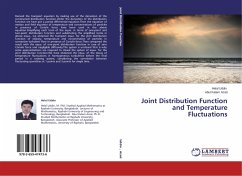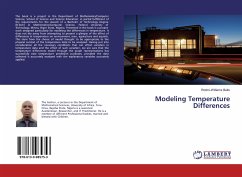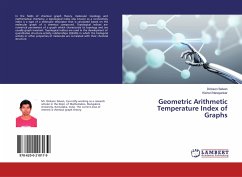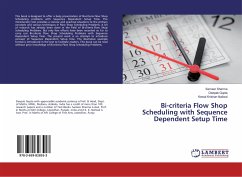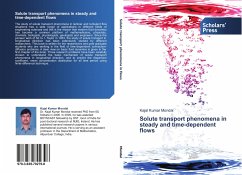
Perfusion Dependent Temperature Distribution In Dermal Region: A study
Versandkostenfrei!
Versandfertig in 6-10 Tagen
24,99 €
inkl. MwSt.

PAYBACK Punkte
12 °P sammeln!
Mathematical model of the human thermal system, which has been greatly developed in recent years, has applications in many areas. It is used to evaluate the environmental conditions in buildings, in car industry, in textile industries, in the aerospace industry, in meteorology, in medicine, and in military applications. In these disciplines, the model can serve for research into human performance, thermal acceptability and temperature sensation, safety limits. Present study investigates the mathematical modelling of the passive part of the human thermal system. The Bio-Heat Equation is derived...
Mathematical model of the human thermal system, which has been greatly developed in recent years, has applications in many areas. It is used to evaluate the environmental conditions in buildings, in car industry, in textile industries, in the aerospace industry, in meteorology, in medicine, and in military applications. In these disciplines, the model can serve for research into human performance, thermal acceptability and temperature sensation, safety limits. Present study investigates the mathematical modelling of the passive part of the human thermal system. The Bio-Heat Equation is derived in order to solve the heat transfer phenomena in the tissue and with environment. It is assumed that the body is exposed to combination of the convection, evaporation and radiation which are taken into account as boundary conditions when solving the Bio-Heat Equation. Finite difference technique is used in order to find out the temperature distribution of human body. In order to verify the present study, predictions of the present system model are compared with the available experimental data and analytical solution and show good agreement is achieved.



